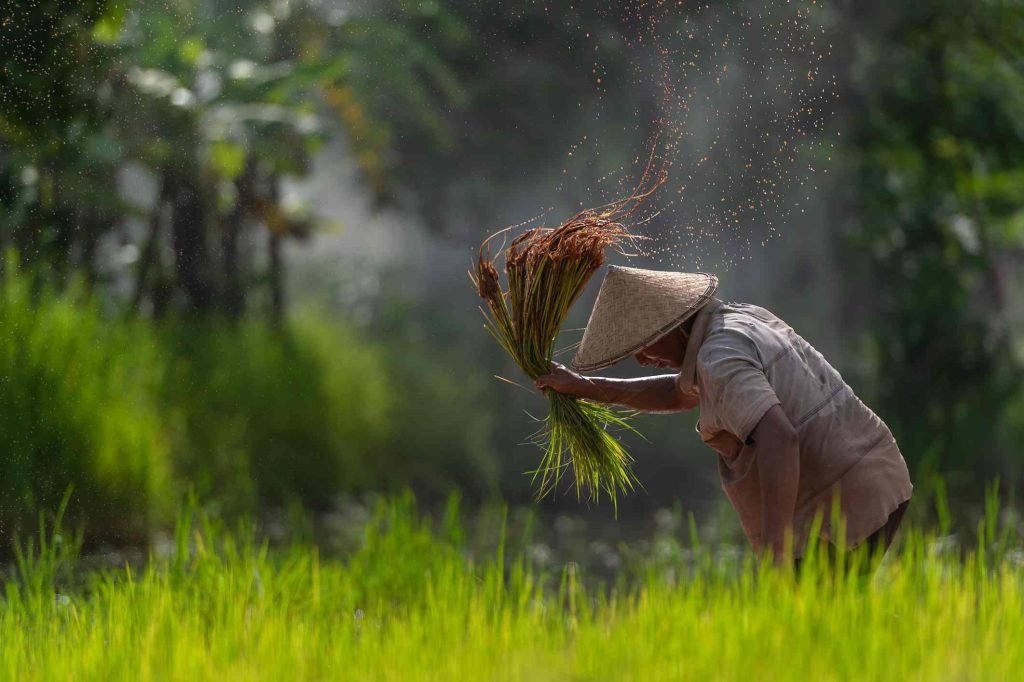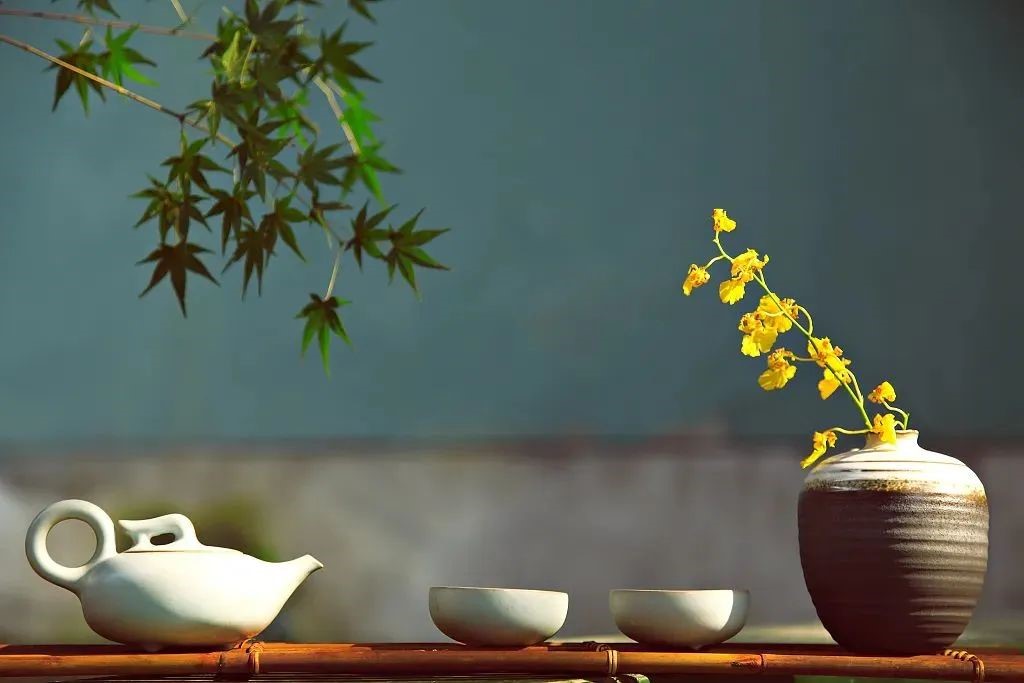
Grain Rain
The sixth solar term – “grain rain” or “guyu” (谷雨) in Chinese – usually falls on April 20, and marks the end of spring. The old saying goes “Qingming ceases snow, grain rain ceases frost” (清明断雪,谷雨断霜). When this term arrives, cold weather finally ends, and the temperatures start to rise.
The Chinese name of Grain Rain originated from a classic folk story. When Cang Jie (仓颉), an official in the Yellow Emperor period, was hard at work creating characters that make up the written Chinese language, many grains miraculously fell from the sky, as ifrain. As a result, the Yellow Emperor dubbed this day “Gu Yu”, as the Gu means grains, and Yu means rain.

Grain Rain was split into three stages in ancient China: the first phase is when duckweeds began to sprout, the second period is when cuckoos flap their wings and fly, and the third period is when hoopoes stood on mulberries. If you’re curious, here is the Chinese: 第一候萍始生;第二候呜鸠拂其羽;第三候为戴胜降于桑. This means that after the Grain Rain, rainfall will increase and duckweeds begin to grow. After that, cuckoos begin to remind people to sow seeds. Then, hoopoes can be seen on mulberries. It parallels the important phases of farming.
Grain Rain, as the name suggests, is a critical period for grain growth. The temperature is pleasant during this time and there is a noticeable increase in rainfall, which has a significant impact on grain crop growth. The first heavy rains in northern China normally fall around this time of year, when rice, corn, and cotton planting and growth are at their peak. The right amount of rain will aid in the revival and growth of winter crops, as well as the sowing and seeding of spring crops. The old proverb “rain brings life to all cereals” (雨Yu生五谷) demonstrates the impact of rain on modern agriculture, increasing the agricultural output.
Time to eat Chinese toon

During this time of year, Chinese toon (香椿) is a delicious seasonal plant to eat. Its newly sprouted leaves are as soft as silk. It is not only delicious, but also very healthy. It’s high in nutrients and can boost the immune system. Because Chinese toon has a unique flavor, it is frequently cooked with lighter ingredients such as eggs and tofu. Stirred tofu with Chinese toon is a popular cold dish in China’s northwestern provinces. All you need is freshly prepared tofu and freshly plucked Chinese toon. Give it a go! You can enjoy a refreshing taste of spring.
Drinking tea

Drinking tea is a long-standing tradition in the southern part of China. Spring tea leaves are plump, rich in a range of vitamins and amino acids, and have a fresh and pleasant aroma. It is thanks to the season’s temperate temperatures and abundant rainfall. It is also said that drinking tea on this day will prevent bad luck.
The Grain Rain Festival
Along the northern coast of China, the fishermen’s first excursion of the year traditionally begins at Grain Rain. The practice stretches back over 2,000 years, when people felt they owed a successful harvest to the gods, who shielded them from wild seas. On the Grain Rain celebration, people would worship the sea and perform sacrifice rites, praying for a plentiful crop and a safe passage for their loved ones.
After the Grain Rain, the rainfall increases and air humidity grows gradually. The peach and apricot blossom contend in beauty and fascination. The willow catkins and poplar catkins are fluttering through the air. The cherries are ripe and red. The natural scenery tells us that it is the late spring coming. For more information on solar terms, check out other TBC Blogs on this topic.
By Suemmer Luo, TBC Intern





